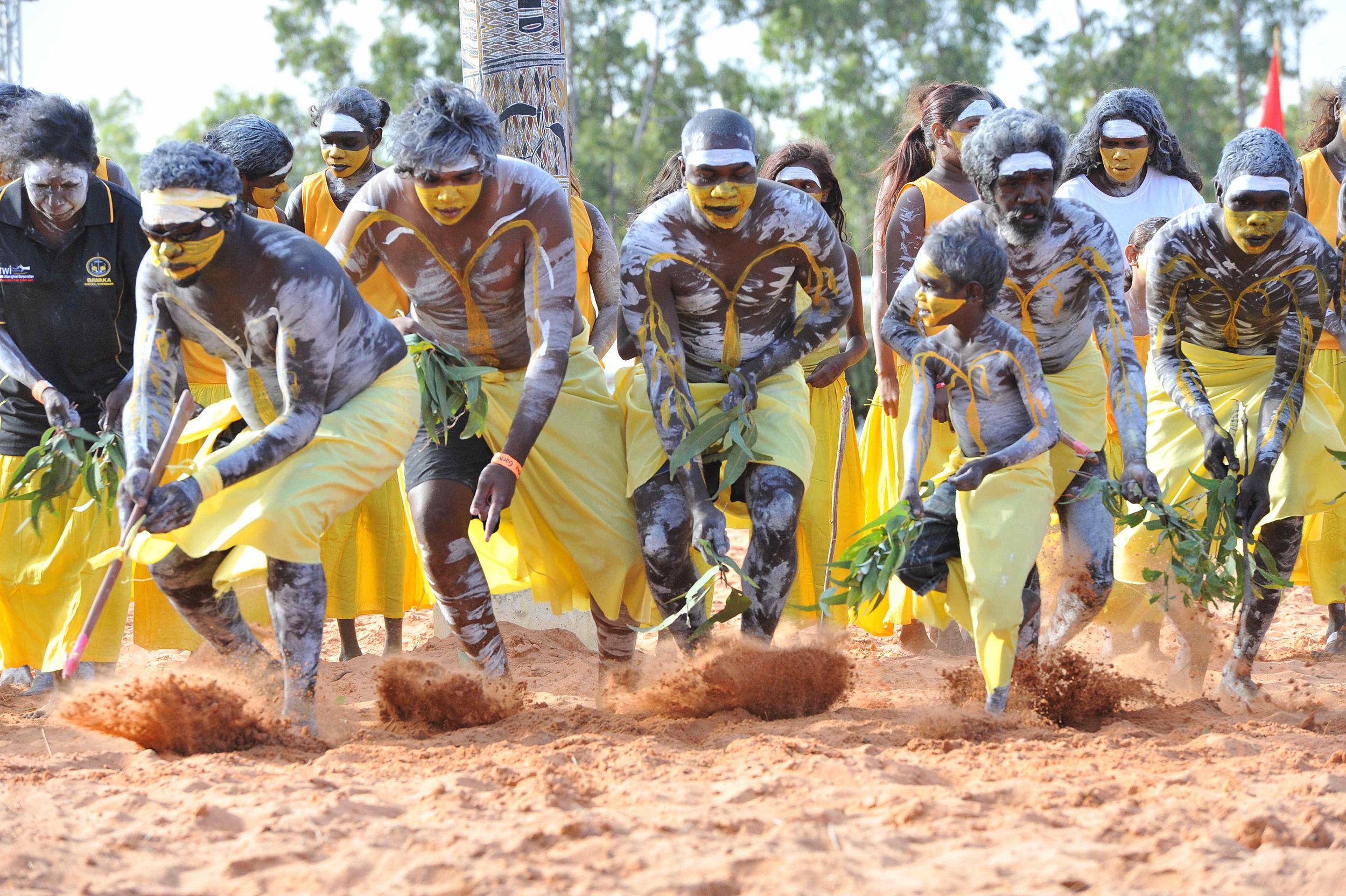“Garma is black and white, all kinds of different political colours, young and old, coming together and forging relationships and taking the message of Garma back into homes and having a chat about it over dinner.” Denise Bowden, Garma director
Last week, the Yothu Yindi Foundation hosted the annual Garma Festival. Now in it’s 18th year, Garma refers to itself as Australia’s Indigenous equivalent of the World Economic Forum held annually at Davos in Switzerland. Garma attracts an exclusive gathering of political, academic and business leaders from across the globe and is committed to improving the state of Indigenous disadvantage. What’s more, it celebrates Indigenous culture and Indigenous leadership. The diversity of leadership present at Garma prompted us to consider, not what Indigenous communities can learn from others about leadership, but in fact what we can learn from them. As it turns out, quite a lot…
Collaborative Leadership
A Harvard study of 15 multinational businesses into team behaviour revealed an interesting paradox:
“Although teams that are large, virtual, diverse, and composed of highly educated specialists are increasingly crucial with challenging projects, those same four characteristics make it hard for teams to get anything done.”
That is, these teams find it extremely challenging to collaborate. The researchers found that
“Members of complex teams are less likely—absent other influences—to share knowledge freely, to learn from one another, to shift workloads flexibly to break up unexpected bottlenecks, to help one another complete jobs and meet deadlines, and to share resources—in other words, to collaborate.”
With the success or failure of a critical project seeking to deliver any number of solutions – technical, financial or social – depending on a team’s ability to collaborate, it is no wonder there has been so much research conducted into what it takes to build and sustain a collaborative team. In fact, a quick review of many of our clients’ values and mission statements reveals common ground when it comes to collaboration, community and team. Great businesses and societies are built on foundations that include great people who can lead collaborative teams.
The researchers went on to reveal
8 ways to build a collaborative team.
Do we in fact need to reinvent the art of collaboration?
Yet, perhaps no new research is really necessary. The key to collaboration, community and team building is perfectly aligned with the leadership style of the oldest culture in the world: Aboriginal culture, and in particular, the leadership style of Aboriginal women.
Whereas many definitions of modern leadership have become synonymous with individualism, self-reliance, competitiveness, and assertiveness, the leadership style of Aboriginal women sees egos set aside to respect others, and prioritises relationships with individuals and the broader community. Unlike white society – which has one person speak on the behalf of the community, Indigenous female leaders, recognise the need for consensus and the need for every member of a community to feel empowered.
Traits of Aboriginal Leaders
Their leadership style is less ego-driven than we see in the western world, with different sources of power and responsibility. For indigenous women leaders, ego is set aside to respect others and their relationships with individuals and the broader community. Unlike white society – which has one person speak on the behalf of the community, Indigenous female leaders recognise the need for consensus and the need for every member of a community to feel empowered.
For Aboriginal women the foundation for all levels of their leadership is ‘community’ and only those that have the interests of the community at heart can call themselves leaders. What’s more, unlike in the Western world, Indigenous women speak for their communities, not themselves and are constantly engaged with their elders and listening to their visions for the community. They continue to leverage wisdom; rather than retiring, and they perform important roles as influencers, informal decision makers and project initiators, all the while carrying responsibility for others’ well-being. In corporate speak, they are more likely to encourage participation, share power and information, enhance their employee’s self-worth and motivate staff.
Diversity in Leadership
More Indigenous people ought to be recognised and celebrated more broadly for their leadership attributes, and involved in decisions that affect not only them, but all of us. It is not disputed that decision making effectiveness in an organisation is improved by a diversity of perspectives and leadership styles.
Diversity – gender, cultural, sex, and race – provides additional insight into important strategic questions because it leverages the life experiences and perspectives that are representative of our community. What’s more, having diversity in leadership, motivates minorities in middle management positions and thus improves the managerial performance throughout a company and leads to better company performance.
As we go forth beyond Garma, let’s commit to doing better to leverage the benefits of diversity that come from engaging with traditions connected to the land on which we thrive, and with people who have such a deep understanding of what it takes to collaborate and foster community.




